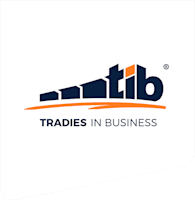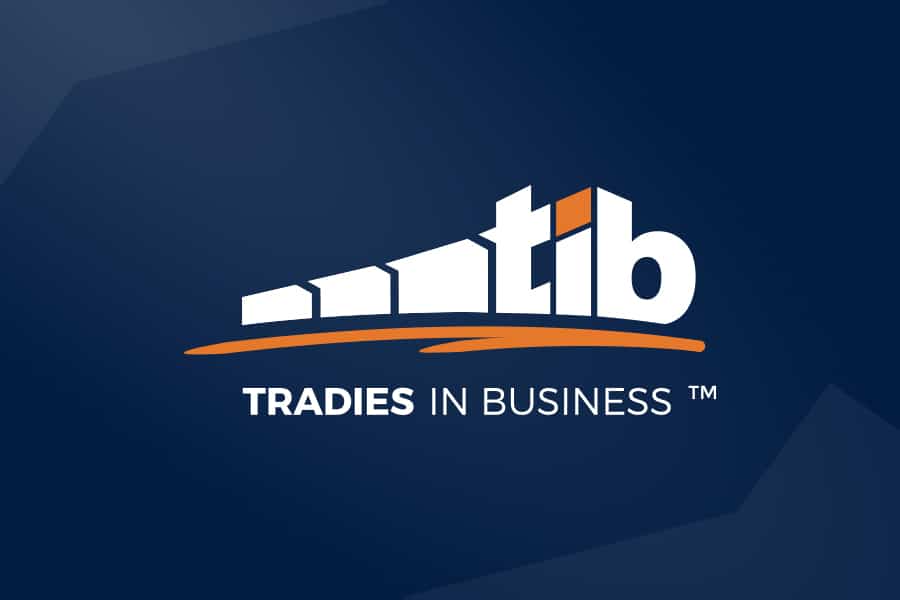The Wall Street Journal ran this story recently:
“WHEN it comes to advertising on Facebook these days, small-business owners are competing for more limited ad space — and paying more for ads even if they don’t result in sales.
During Facebook’s earnings call last month the social-networking company revealed the average per ad price increased 123 per cent in the most recent quarter compared with a year ago. Ad impressions — the number of ads it displayed — declined 25 per cent, while ad revenue rose 67 per cent to $2.68 billion, the company said.”
Sounds like you should reconsider Facebook, and perhaps other social media, advertising. Right?
Well, think again. A little over 6 years ago, before Facebook advertising was really an option, most businesses advertised heavily in print and other listing services. Take the Yellow Pages for example. The number of times I saw (and amazingly still see) businesses advertising in this medium with absolutely no measurement of the return on their advertising investment baffled me. To illustrate, a typical (3cmx6cm) metropolitan area Yellow Pages book listing will set you back as much as $7,024 a year. Even if you ditch the book and go with an online listing, you’re looking at more than $115 a month (plus $30 extra for your logo to be next to your name!) Most businesses continue to run these ads without question, and yet when we see the sort of stats as listed in the opening paragraph we say things like ‘Facebook are just ripping us off’ or ‘Facebook ads don’t work, look how much impressions etc are down!’
Let’s have a look at the actual cost of Facebook ads. In the United States, it costs an average of $0.24 per click and $0.66 per thousand views of your ad (also known as Cents Per Mille or CPM).
So what?
So, the real power in modern marketing channels such as Facebook, LinkedIn and so on is their targeted nature. You could run an ad online with Yellow Pages for over $1,000 a year and someone might see your ad or you could run a Facebook ad that only costs you 24 cents when someone clicks on it, which means the did see your ad and liked it enough to click on it! Provided you have the next steps planned out (that is, where they end up when they click on your ad) you can generate a much better response from ‘clickees’ than with passive, listing advertising. Combine that with the fact that Facebook ads only get ‘served’ to people you select through targeting (certain age group, interests, gender, location and more) and your potential return on investment becomes much higher than the older style listing ads.
To top it all off, there were 110 million visits to the Yellow Pages website in Australia in 2013 compared to the approximate 9 million visits to Facebook every day. That equates to more than 3 times the visitation of the good old Yellow Pages.
I’ll forgive you if this all sounds like I’m anti-Yellow and pro-Facebook when it comes to advertising. In some ways I am but only because of two words – targeting and return on investment. Ok, that’s technically 4 words but you know what I mean. By giving us the ability to target our ads, Facebook allows us to improve our return on investment for every advertising dollar spent.
Take dating as an example. Advertising in broadcast or listing medium like Yellow Pages, radio and the like is akin to giving a bunch of business cards with your number on it to the manager of the singles club and getting him to hand them out to everyone there. Using Facebook ads is like having the ability to give the description of your ideal date to the same singles club manager and only giving your card to people who fit your description. That way, you don’t waste cards on those who you’re never going to be a good match for or them for you. Make sense?
So before you join the throng of businesses casting stones at Facebook and their declining advertising stats, think about how targeted your other advertising and marketing strategies are. Strategies such as building signage, business cards, uniforms, car signage, sporting club and other sponsorships, your website, newspaper, radio, book advertising and other listing websites.
Pro tip: Draw your page up into 5 columns. (Better still, open Excel or Numbers and create a spreadsheet) 1. Make a list of all your current marketing and advertising strategies. 2. Next to each one write the dollar amount spent in the last 12 months (shorter if you don’t have that much data). 3. Now write next to that the number of enquiries that came from each strategy in the same time period and the number of customers as well. 4. Finally, in the last column, write down the dollar value of sales derived from each strategy and you’ll start to see what’s working for you in terms of bang for buck marketing. [Don’t know these numbers? Well, now’s a great time to start recording them so you don’t waste any more money on ineffective marketing!]
Keep winning!
Warrick
P.S. For a quick and easy template to record your marketing data click here and put “TEST AND MEASURE” as the subject

